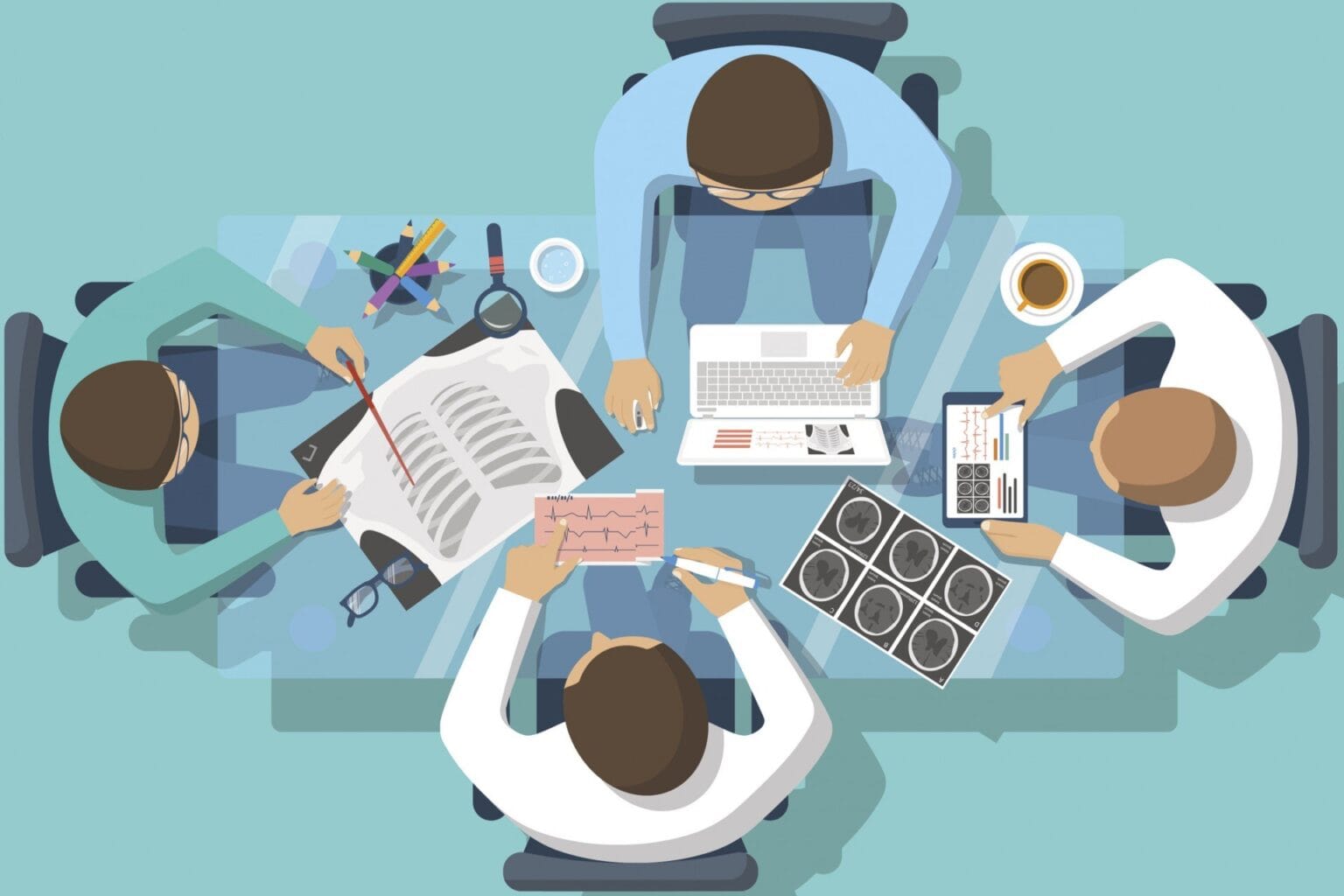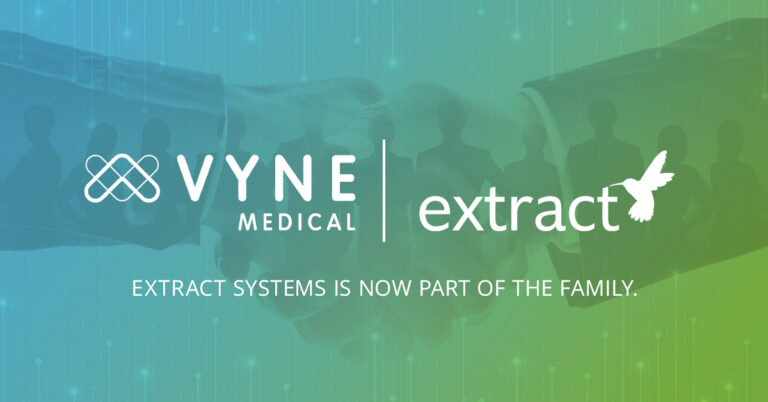
Beyond the Burnout: How Technology Can Help
The changes we’ve seen in the broader economy regarding contingent employment over the past three years are incredibly impactful on healthcare staffing. There are a few key numbers that tell the story.
There currently are 3.5 million fewer workers in the U.S. than there were two years ago. Since February 2020, job openings have gone up by 50%, while total employment in the U.S. has gone slightly down. Because demand is outpacing the available supply, workers are demanding not just increases in pay, but also more choice and control over when, how, and where they work. This is incredibly true in healthcare, based on every indicator we watch.
New data shows more than 300,000 healthcare workers dropped out of the workforce in the last two years. Physicians report they are choosing early retirement or leaving the full-time practice of medicine for other kinds of work, in and outside of our industry.
Nurses on the front line have made the news due to the difficulties they have experienced, but also because of the freedoms they’ve experienced due to the uptick in travel nursing. According to a 2021 study from Health Affairs, nearly 100,000 nurses exited the profession last year – most of them under the age of 50.
Another 32% of nurses have said they may leave the profession. The Bureau of Labor Statistics estimates we’ll need to fill nearly 200,000 nurse vacancies a year until 2030.
It begs the question, are there factors that we can identify that are leading to burnout and causing more and more people to leave the industry?
A new study, led by health policy researchers from Rand Corporation, and funded by the Agency for Healthcare Research and Quality, surveyed pediatric nurses at an urban children’s hospital to assess the factors that may or may not be contributing to feelings of burnout.
“Inpatient pediatric nurses are at high risk for burnout due to high patient volumes, inadequate staffing and needing to balance the demands of patients, families and team members,” researchers said. Reversing that, the nurses who said they weren’t experiencing burnout said they received frequent patient experience performance reports and felt included in quality improvement efforts.
The key takeaway from Rand’s pediatric nurse burnout study is that nurses who took an active role in QI processes and were more confident in the patient-experience measurement and had greater on-the-job satisfaction.
Overcoming Workforce Challenges: Real World Example
Brad Reimer, CIO at Sanford Health, spoke on some workforce challenges his organization is experiencing and how they plan to / are overcoming them:
“The battle for talent in healthcare today is broader than the shortage of physicians and nurses. Health IT teams are facing many of the same workforce challenges as others across the healthcare industry, including a shortage of talent in cybersecurity, digital, cloud and data.
The demand for these roles is increasing at a pace faster than the rate of new college graduates entering the workforce. We’re also competing for talent with every other company that has a technology need – it’s not just Google and Amazon.
Sanford Health is well positioned to navigate these challenges through innovative strategies. For example, we know that many people are looking for a job that brings meaning and purpose, and there’s no better place to make a difference every day than in healthcare.
We have been intentional about making sure our technology team understands how their role connects to our organization’s mission of delivering world-class healthcare.
For example, we have created a reverse rounding program where we invite caregivers and other leaders across our organization to share their “day in the life of” stories with our entire technology team. These “clinical immersion sessions” allow nurses, physicians, and other caregivers to discuss how technology intersects in their roles and impacts patients.
We have received very positive feedback from our team that the sessions have not only been empowering but have provided deeper meaning and purpose to their roles. This has been a differentiator for Sanford Health that has strengthened our recruitment and retention efforts.
Our people are our most important asset, so we are also deliberate in making sure our team receives recognition for all of the little things, not just the big projects.
As we look to the future, our technology workforce needs will continue to expand, particularly as we invest in new ways of delivering care, including remote patient monitoring, virtual care options and other digital tools. We remain committed to creating a more seamless digital experience to meet our patients’ needs and expectations and improve the health of our communities.”
Data is Money
Reimer also expanded on creating a better data environment and the positive impacts it can have on an organization. “There’s a lot evolving in healthcare right now – from AI to the Internet of Medical Things, to virtual care and consumer-centric digital health tools.
The most significant opportunity and common currency across all of those is data. Data is the lifeblood of the future of digital health and providing a modern and adaptable data ecosystem is incredibly important. This includes data governance, data accessibility, interoperability, AI and machine learning.
There are many factors that are leading healthcare systems to recognize the need for an updated and modern data ecosystem. For the past two decades, there has been a significant focus on the electronic health record, which has been the common center of gravity for data. With the proliferation of digital health solutions, there is more and more data being created outside the health record and not all of it belongs back in the health record.
So where should it go? When you consider the breadth and volume of new data coming from digital tools, mobile apps, remote patient monitoring systems, social determinants of health screenings, patient wearable devices, healthcare consumer behavior data, etc., the traditional capabilities of the healthcare data ecosystem need to expand to keep up.
All of these systems need to work in tandem with each other to gain the benefits of improving the quality of care and enhancing the patient and provider experience. It’s both a huge need as well as opportunity for organizations to create partnerships with health systems, universities, and third-party vendors.
Whether it’s leveraging this data to improve patient care plans, aid diagnosis, conduct research or provide a more personalized experience for patients, building a modern data ecosystem and providing access to this data to researchers, data scientists, artificial intelligence and advanced predictive analytic models will be a game-changer that will revolutionize healthcare for our patients and communities.”
(Sanford Health is a large health system that serves the Dakotas, Iowa, Minnesota and Nebraska)
Here at Extract, we leverage the latest advancements in machine learning (ML), optical character recognition (OCR), and artificial intelligence (AI) to identify the critical information within structured and unstructured documents. The software uses keywords, pattern recognition, context, and database lookups to find or triangulate high level data, such as patient name, MRN, and date of birth, and abstracts complex data coming from laboratory test results, patient referrals, second opinions, etc.
Unlike standard OCR solutions that simply convert files to raw text, our platform reads documents like a human would, quickly determining the document type which indicates the type of data that the document contains. The software extracts the critical information, then structures and delivers the data to the appropriate downstream system. The HealthyData Platform has many capabilities including search, duplicate document detection, manual and automated pagination, priority patient queueing, and automated document routing. The software can file discrete data at the patient, order, and encounter level.
The platform acts like an electronic interface (HL7, etc.) in that it translates and delivers unstructured data into discrete data that is properly mapped to the designated downstream system (EMR, EHR, LIS, DMS, research databases, etc.). The only difference is that you won’t need a new interface for each document source. The platform works with faxed, scanned, and electronic documents.
If you’re interested in seeing how our workflow automation platform can deliver you discrete results and save your clinicians time, please reach out and we’d be happy to have an introductory call or a quick demo of the software.
Source:



